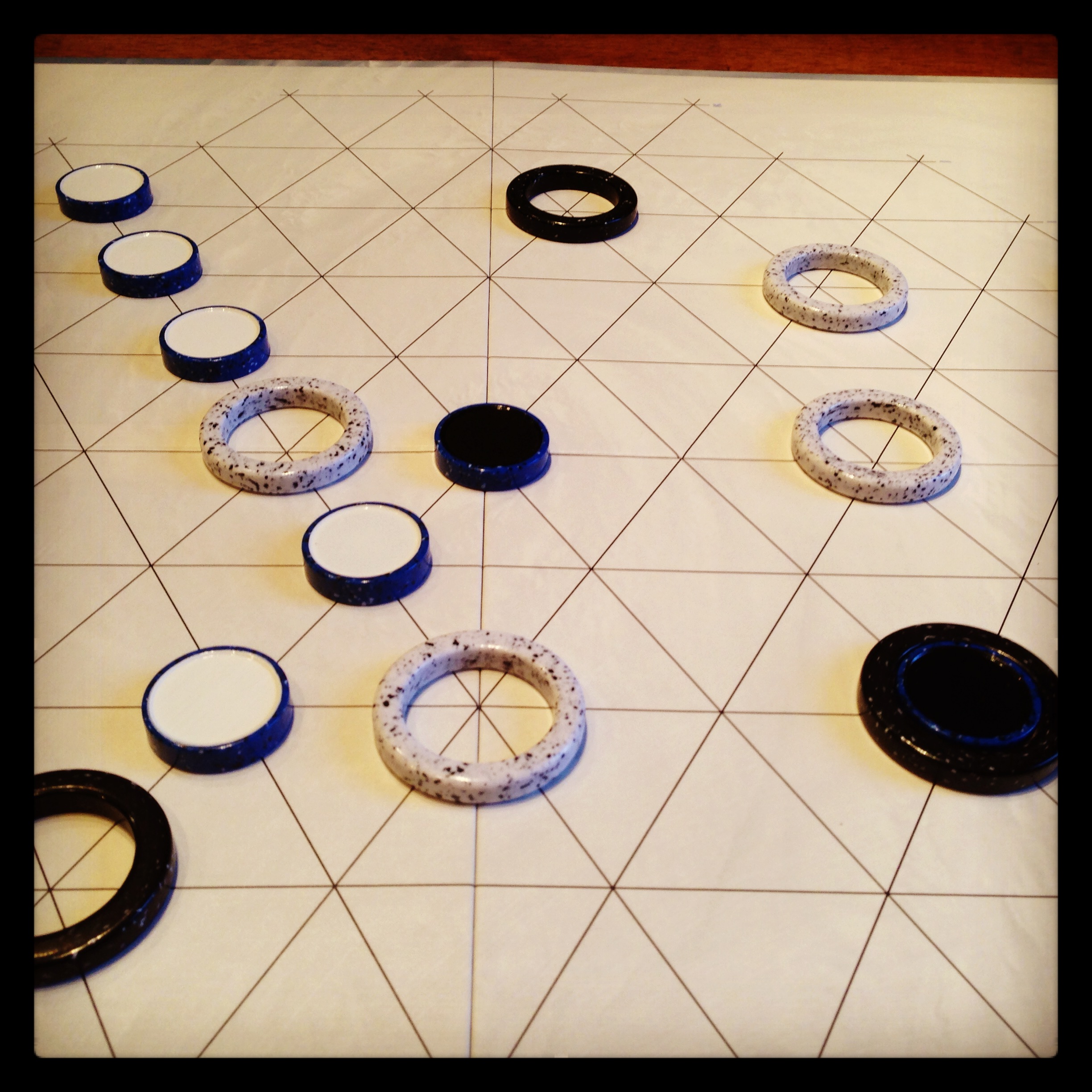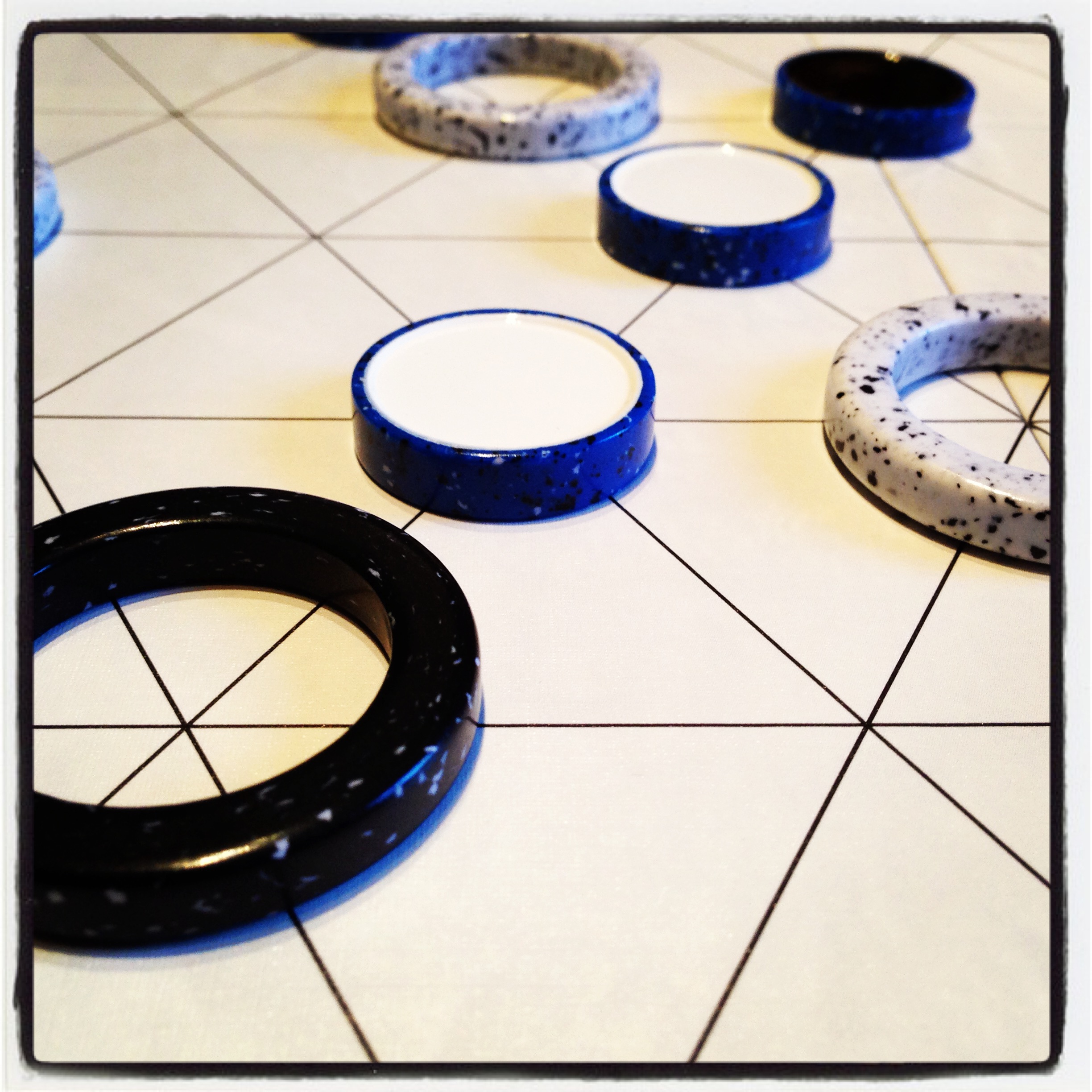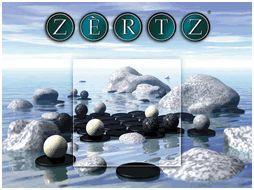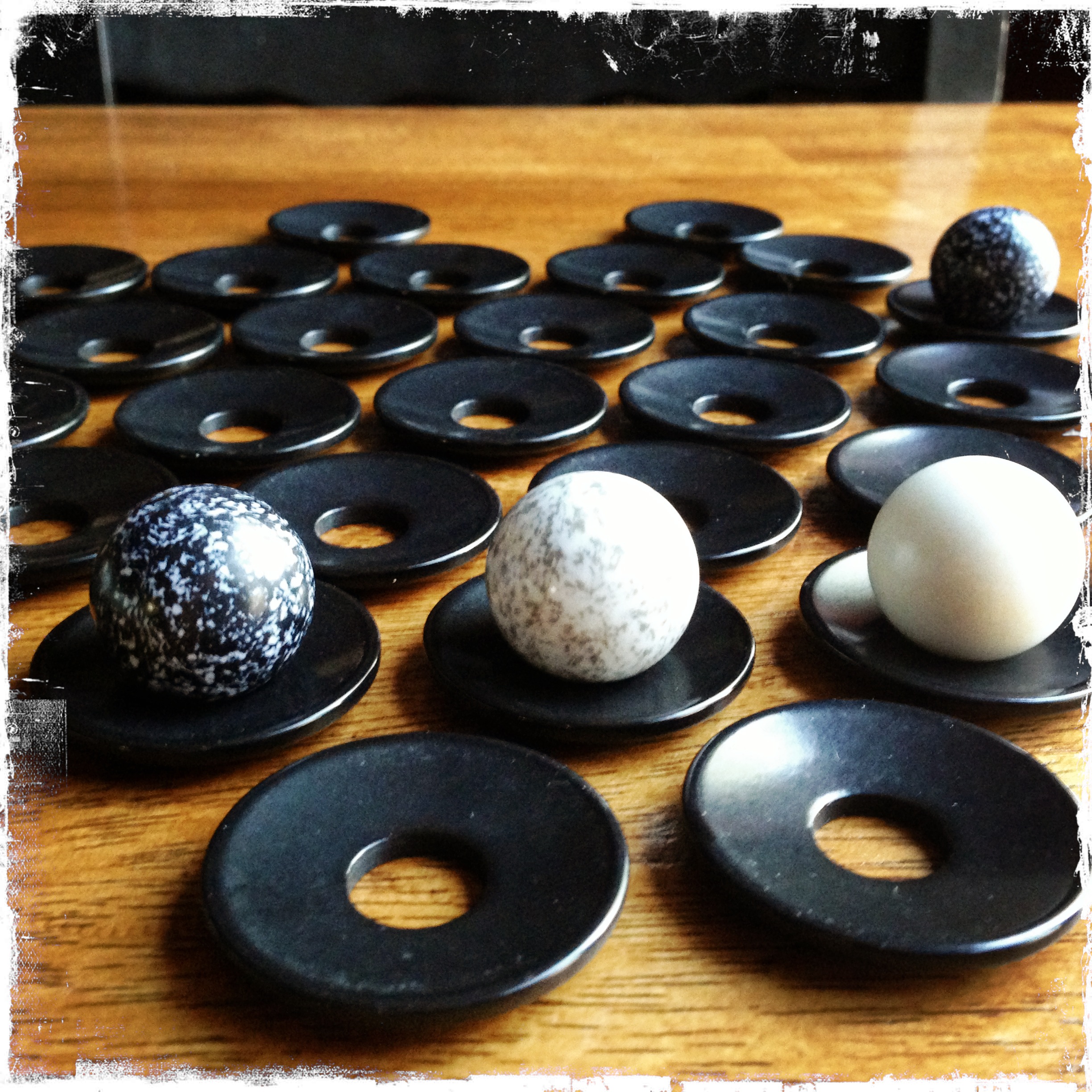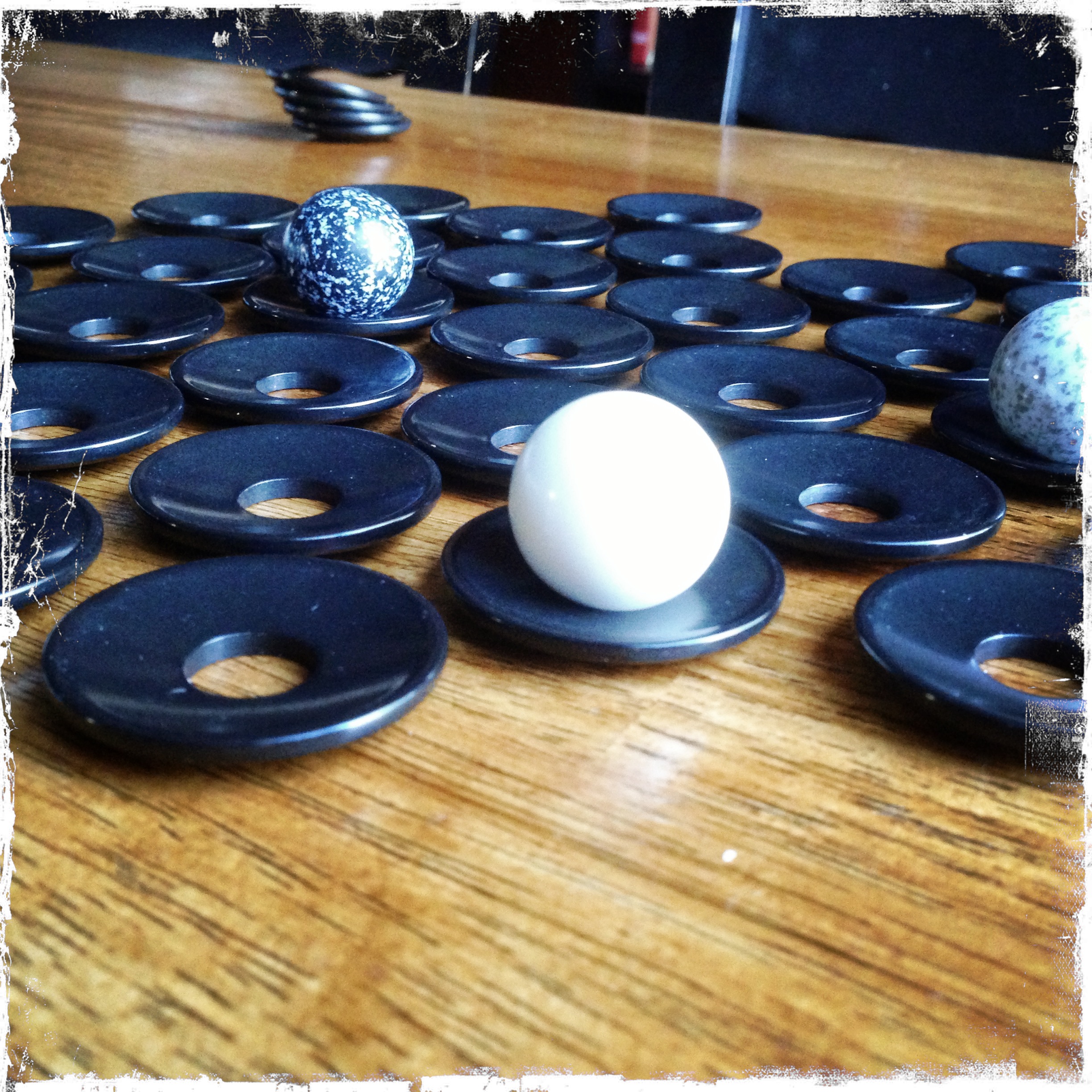Abstract Distraction—A Review of Yinsh
/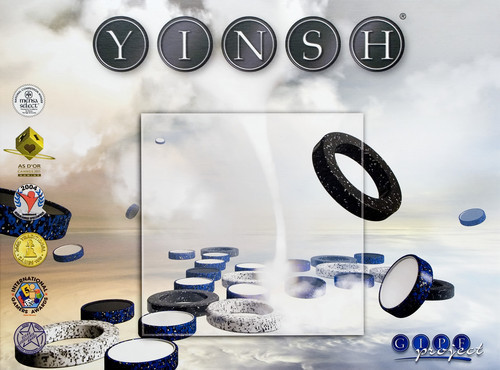 By Firestone
A few months back I reviewed Zertz, which is part of Project Gipf—a group of highly regarded abstract games by designer Kris Burn. In today's review we set our sights on perhaps the most accessible game in this series: Yinsh.
By Firestone
A few months back I reviewed Zertz, which is part of Project Gipf—a group of highly regarded abstract games by designer Kris Burn. In today's review we set our sights on perhaps the most accessible game in this series: Yinsh.
The Goal
Be the first player to collect three Rings from the board.
5 white bakelite Rings
5 black bakelite Rings
51 round bakelite Markers, that each fit inside of the rings—with white on one side and black on the other.
1 Game board
The Setup
Each person places his or her five rings on any intersection of the board—only one ring can ever occupy an intersection.
The Gameplay
The board consists of a hexagonal grid, with lines intersecting with one another. On your turn you do one thing: Place a round Marker into one of your Rings with your color (black or white) facing up, and then move the Ring along any line you're connected to for as long as you'd like, or until you hit another Ring, or until you pass over any Markers—at which point you place the Ring on the next intersection after the last Marker you pass over. Every marker you passed over is now flipped to its opposite side—black to white and white to black. This is not optional.
Once there are five Markers of a color in a row on the board, that player removes a Ring from the board and places it on the space provided along that player's edge. Once you've managed to remove three Rings, you win.
And that's it!
I'm not a huge fan of abstracts, but for some reason these games in Project Gipf just grab me. They have simple rules, but deep gameplay. They have beautiful bits. They each feel different. And finally, I'm terrible at them.
Yinsh is the game I pull out when someone wants to play an abstract from my collection—well, Yinsh or Ingenious...but we're talking about Yinsh today! My 9-year-old played this when he was 8, and had no problem picking it up and doing well.
One of my favorite things about this is how the game balances itself with a sort of catch-up mechanism. When you remove a Ring, you're one step closer to winning, but you're also now more restricted in your options on the board, because you have fewer pieces to work with. Now, of course, this doesn't always mean the person behind will now catch up, but it makes it slightly easier to do so, and I like that.
There are also subtle ways to mess with your opponent. You can "trap" his Rings by placing your Rings where he wants to go, or make it so his only move with a Ring will benefit you by flipping Markers to your side.
The Final Verdict
One of the barriers to abstracts is that they often seem daunting to new players, Someone new to Yinsh might not dominate right away, but something about the gameplay, aesthetics, and simple rules makes this a great entry point for someone new to abstracts. And as someone who's not new to them, I still really enjoy this too. It's a great addition to Project Gipf, and any collection.
Thanks for reading!

